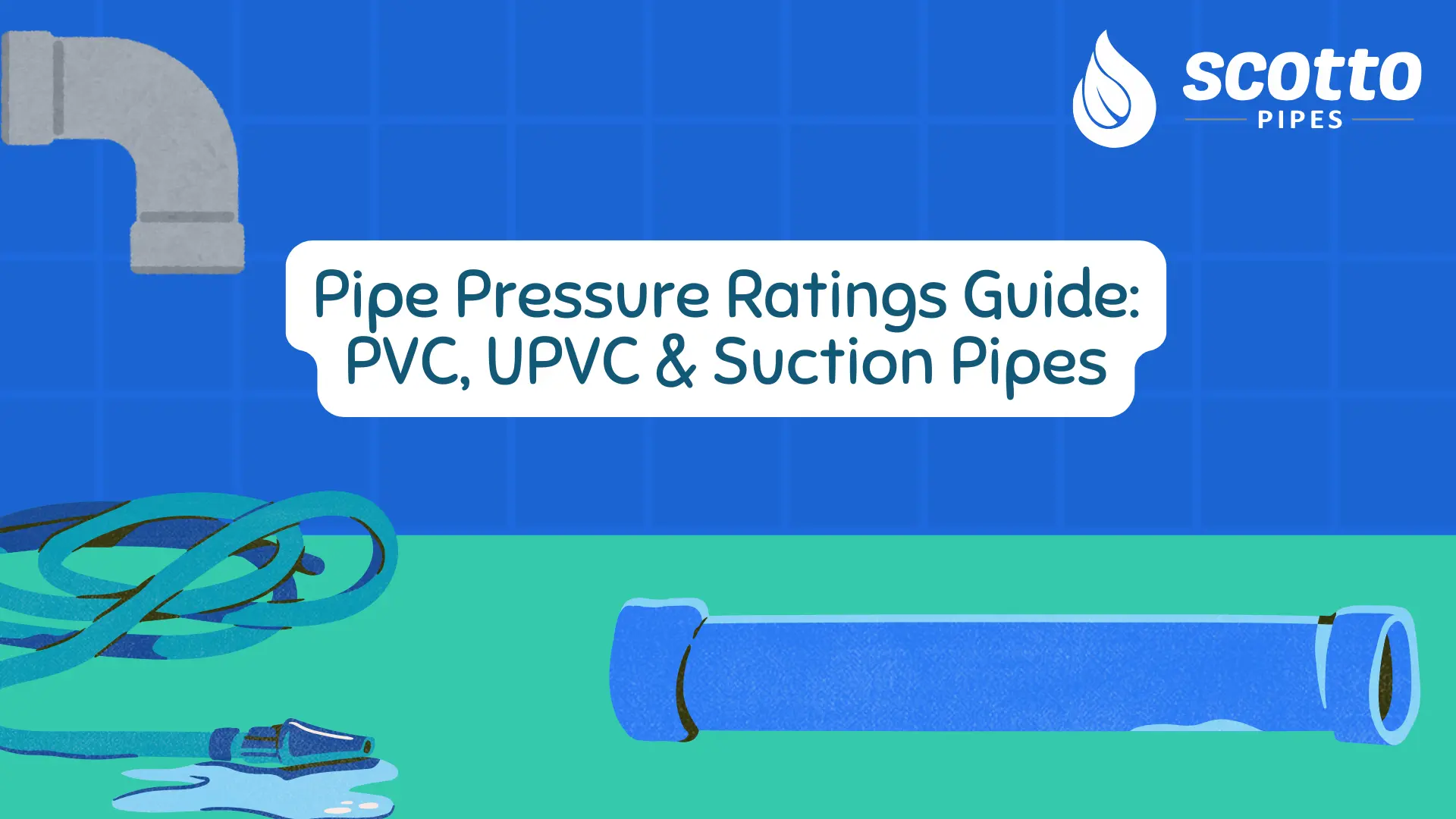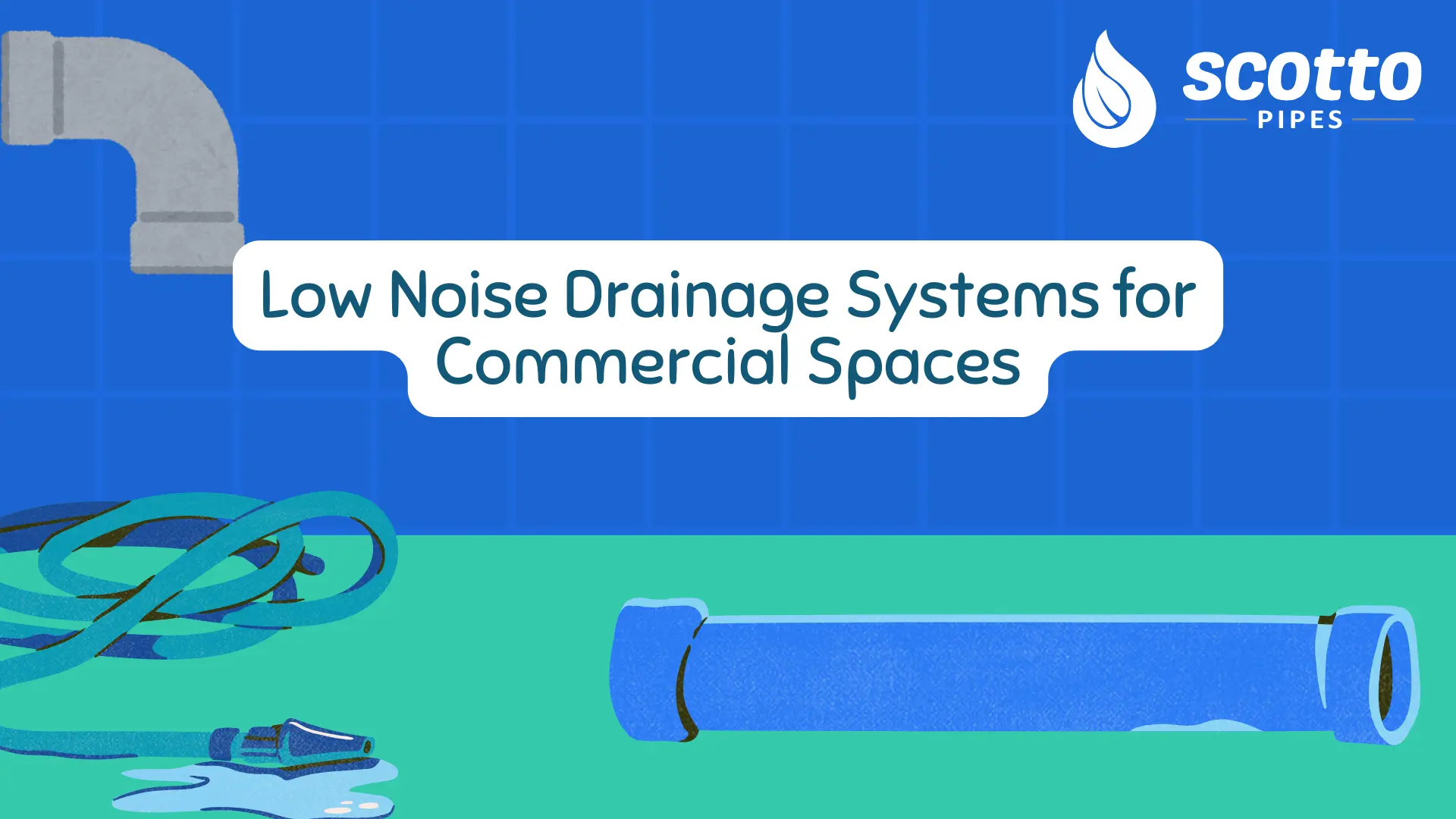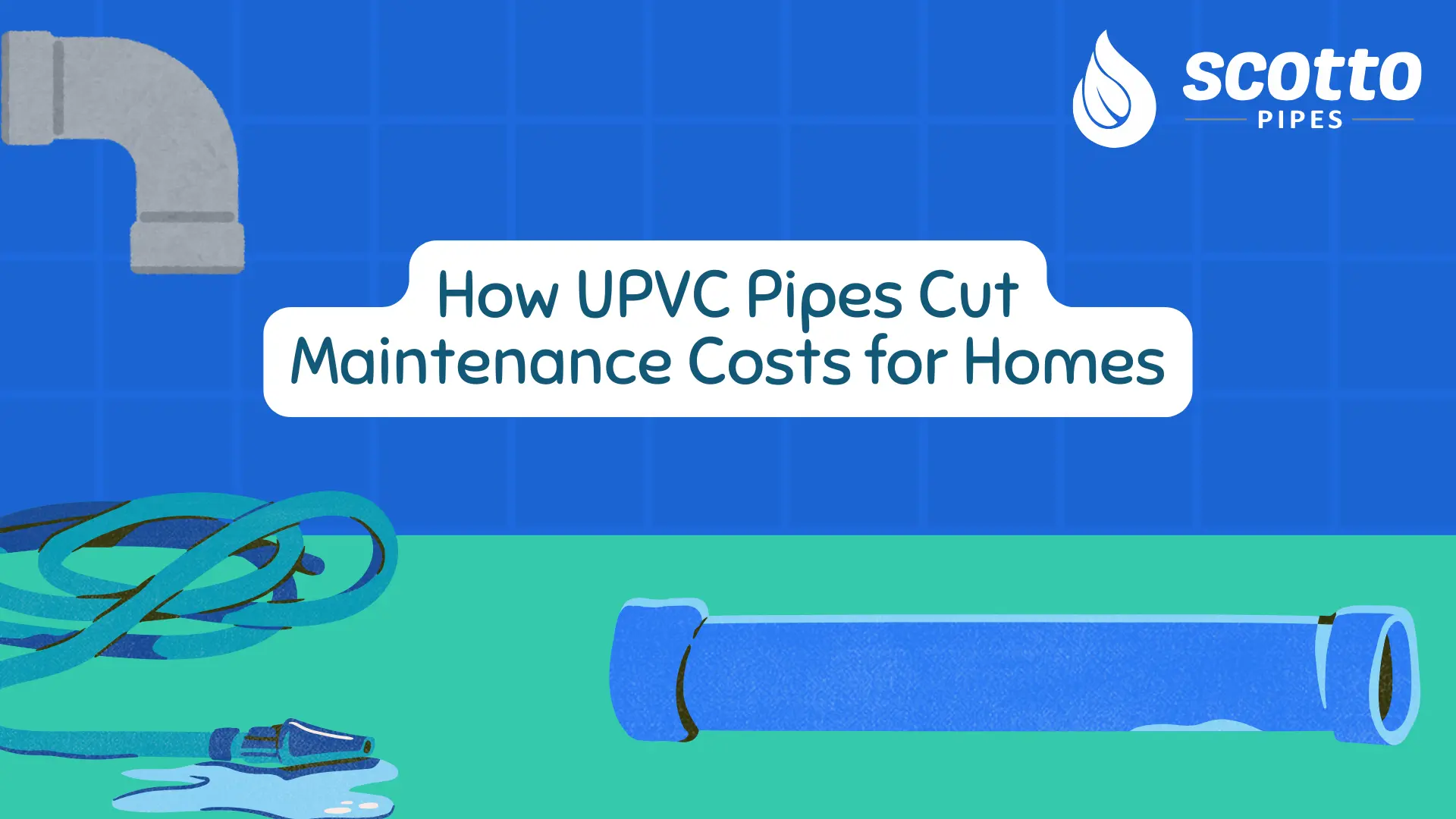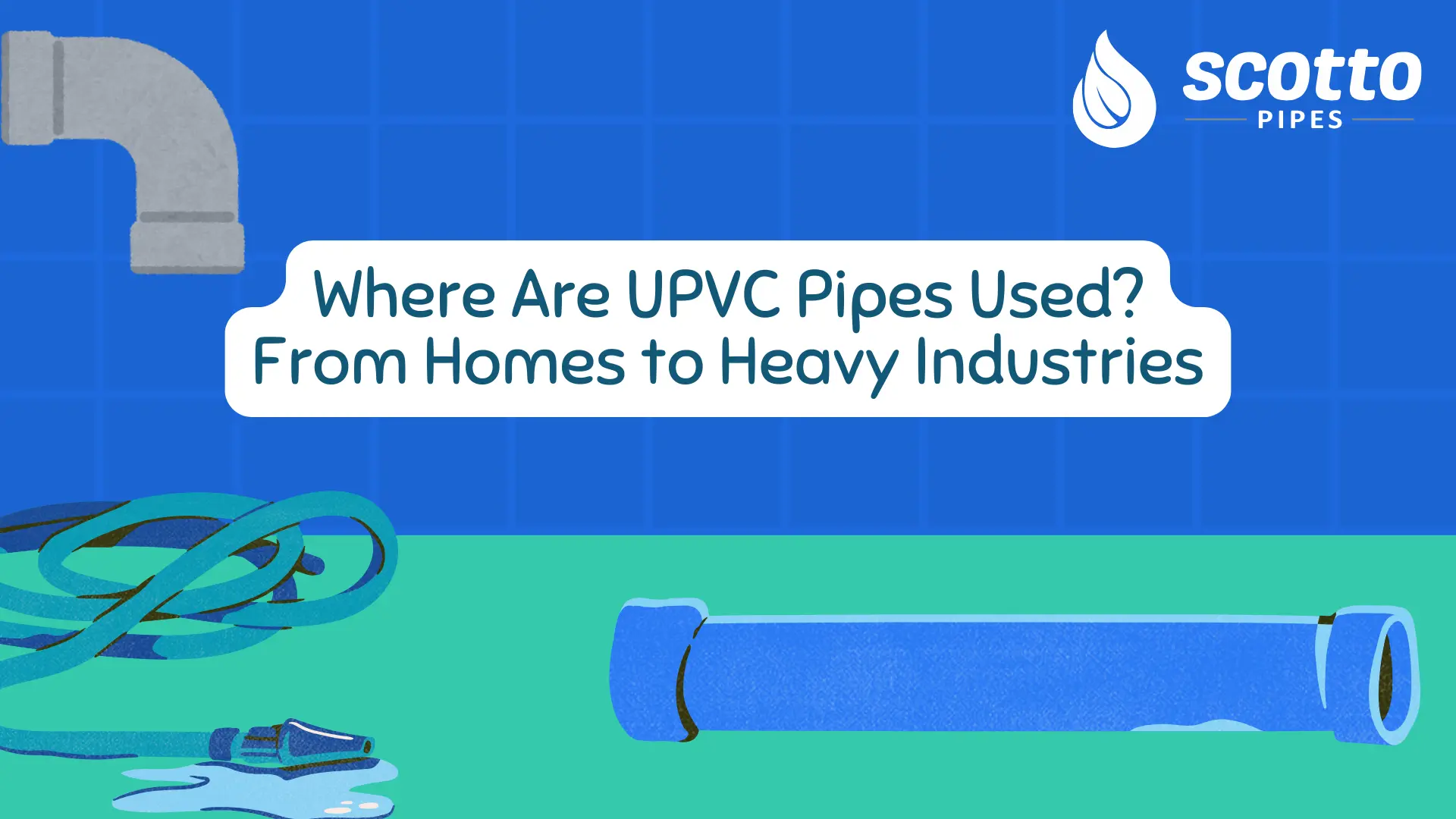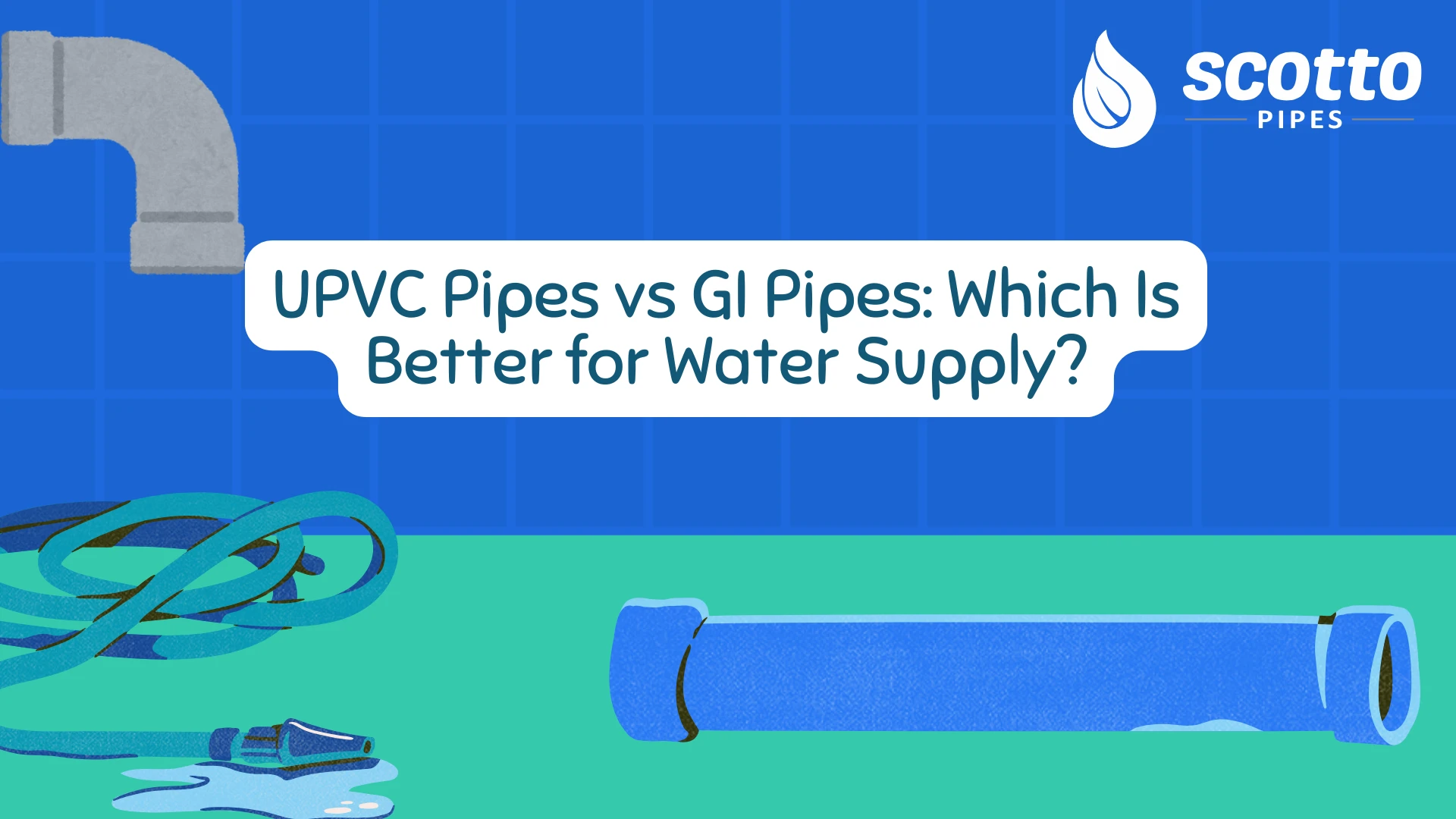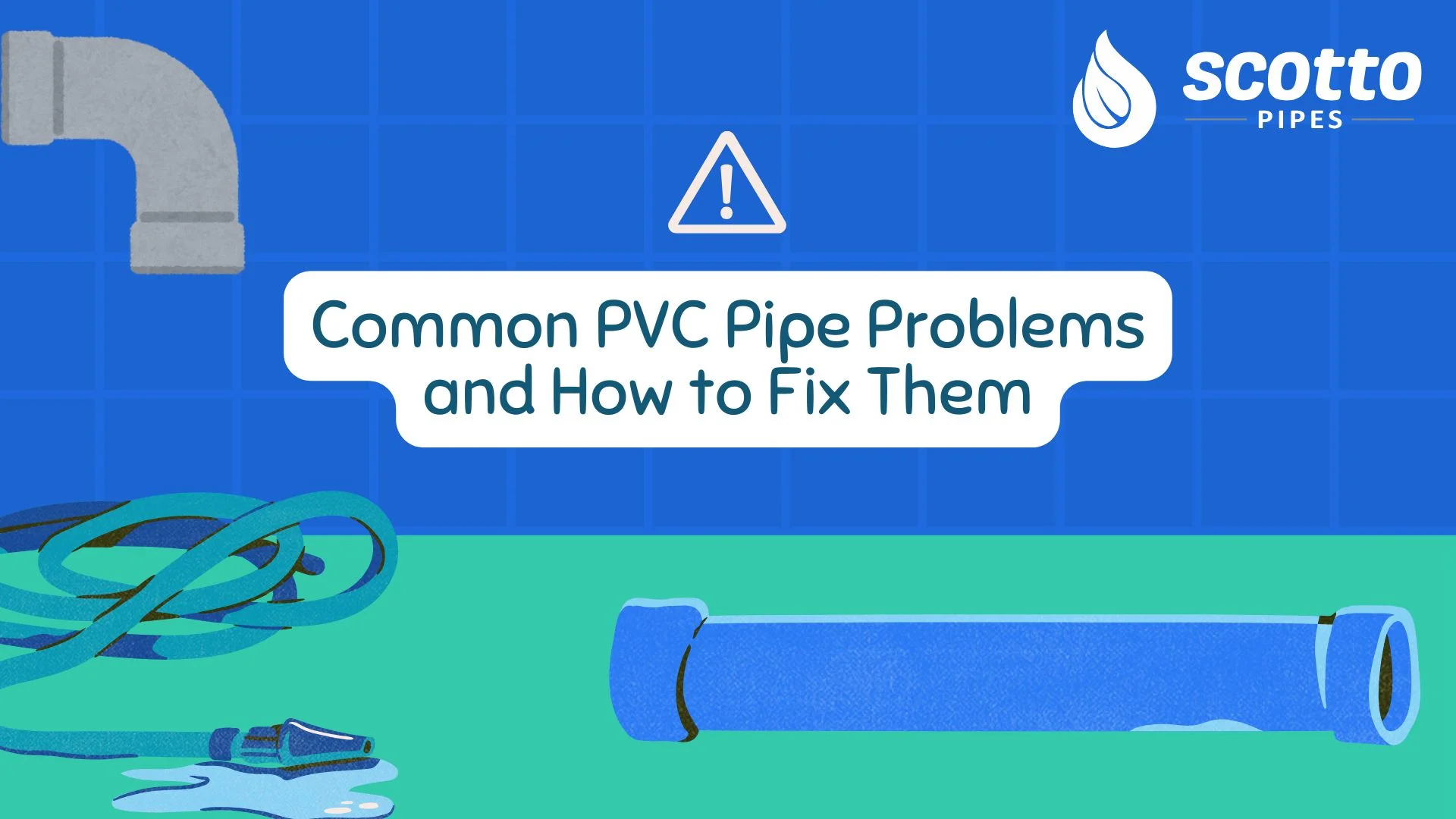
Introduction
Polyvinyl Chloride (PVC) pipes have changed the world of plumbing and irrigation due to their affordability, durability, and resistance to corrosion and chemicals. Whether installed in kitchen sink lines, garden irrigation setups, or drainage systems, these pipes are built to last. However, like all materials, PVC pipes can encounter various issues over time, ranging from a pipe clog to a leaking water pipe.
By understanding these common pipe problems and knowing how to address them, you can prolong the life of your system and avoid major expenses. Below, we cover the most frequent PVC pipe concerns, how to fix plumbing leaks, and proactive steps to keep your system in top condition.
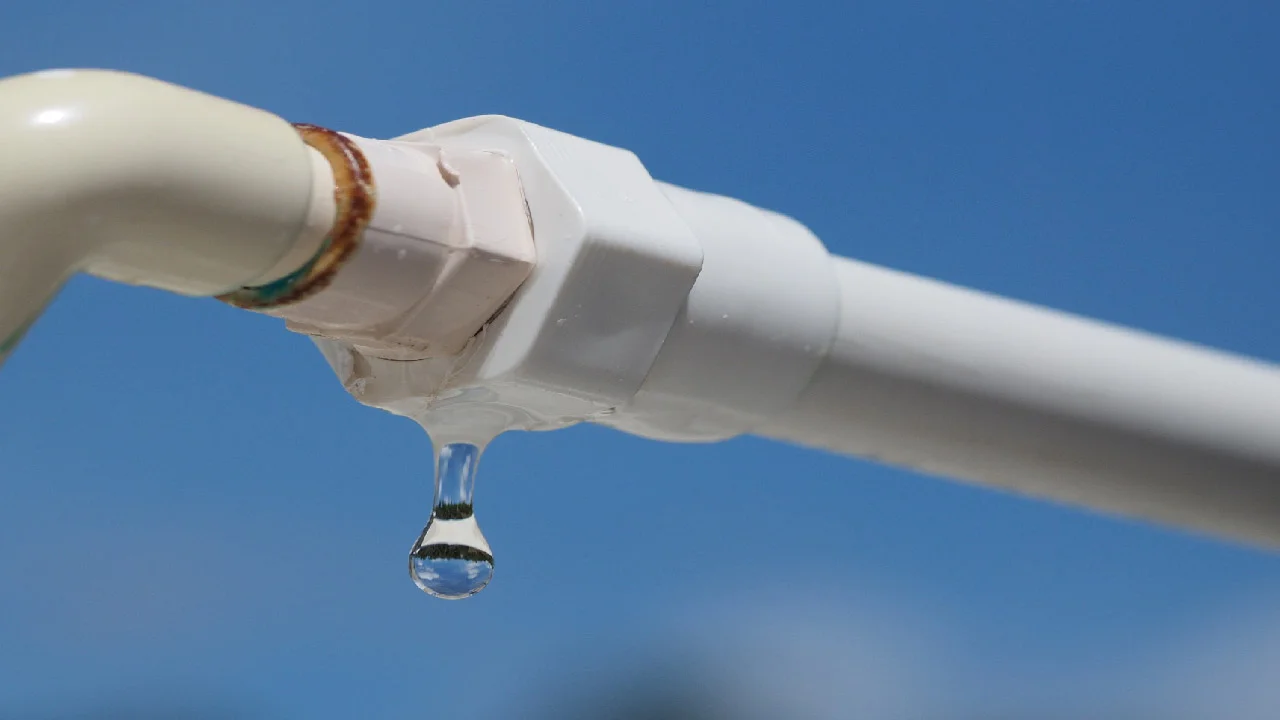
1. PVC Pipe Leaks
Problem:
Leaks usually occur at joints where glued pipes meet. Improper pipe installation, old adhesive, or pipe movement often leads to a leaking water pipe or even a water leak under the house if the issue goes unnoticed.
Fix:
First, shut off the water supply. Dry the area and inspect the joint. For minor leaks, PVC epoxy or repair tape can provide a temporary solution. For a permanent repair, cut out the damaged section and rejoin using primer and PVC cement.
Prevention Tip:
Use high-quality primer and cement during installation, and allow ample curing time before pressurizing the pipe.
2. Cracks or Breaks in the Pipe
Problem:
PVC pipes may crack due to external impact, installation stress, or freezing temperatures. These cracks can sometimes resemble a blocked sewage drain outside the house when water escapes and seeps into surrounding areas.
Fix:
Seal small cracks using epoxy putty or patch kits. For larger breaks, remove the damaged section and replace it using new PVC and couplings.
Prevention Tip:
Avoid placing heavy objects on pipes and insulate those exposed to cold temperatures.
3. Clogged or Blocked Pipes
Problem:
Build-up from hair, soap, grease, or even roots can result in a blocked sewer pipe, or main sewer line clog. This often leads to slow drainage or backups.
Fix:
Flush with hot water and dish soap initially. For stubborn clogs, use a plumbing snake or hydro jetting. Avoid harsh chemicals that can degrade pipe material.
Prevention Tip:
Install strainers in sinks and regularly flush drains with a vinegar and baking soda solution.
4. Noisy Pipes or Water Hammer
Problem:
When water flow stops suddenly, it creates shockwaves known as water hammer. This not only produces noise but may loosen joints or worsen existing issues like a sink pipe leaking.
Fix:
Install water hammer arrestors and secure any loose pipes using clips or brackets.
Prevention Tip:
Avoid shutting off valves abruptly and install pressure regulators if necessary.
5. Joint Failures or Loose Connections
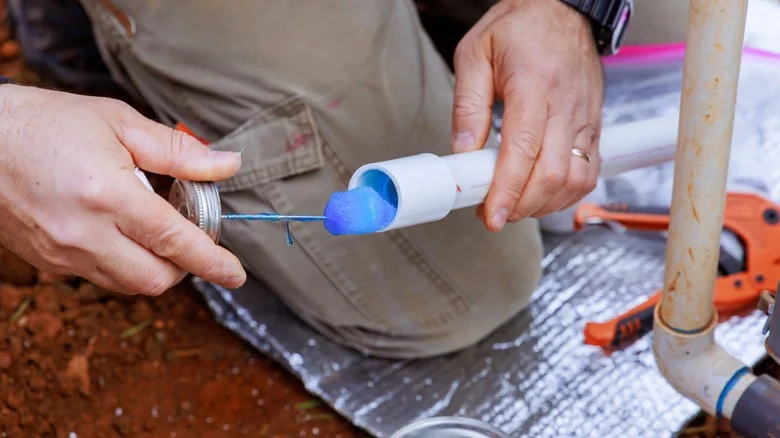
Problem:
If the solvent weld between pipes isn't done correctly, the joint may loosen over time, causing drips or full leaks, such as a kitchen sink leaking underneath or a blocked drain pipe outside due to misalignment.
Fix:
Clean the surfaces thoroughly and reapply primer and cement. Severely damaged joints should be replaced.
Prevention Tip:
Always allow adequate curing time and use quality adhesive materials.
6. Discoloration and UV Damage
Problem:
Direct exposure to sunlight causes PVC to become chalky and brittle, eventually leading to cracks or leaks, which can look like leaking water pipes in exposed areas.
Fix:
Replace affected pipes and protect with UV-resistant paint or insulation sleeves.
Prevention Tip:
Store pipes in shaded areas and protect outdoor plumbing from direct UV exposure.
7. Water Pressure Drops
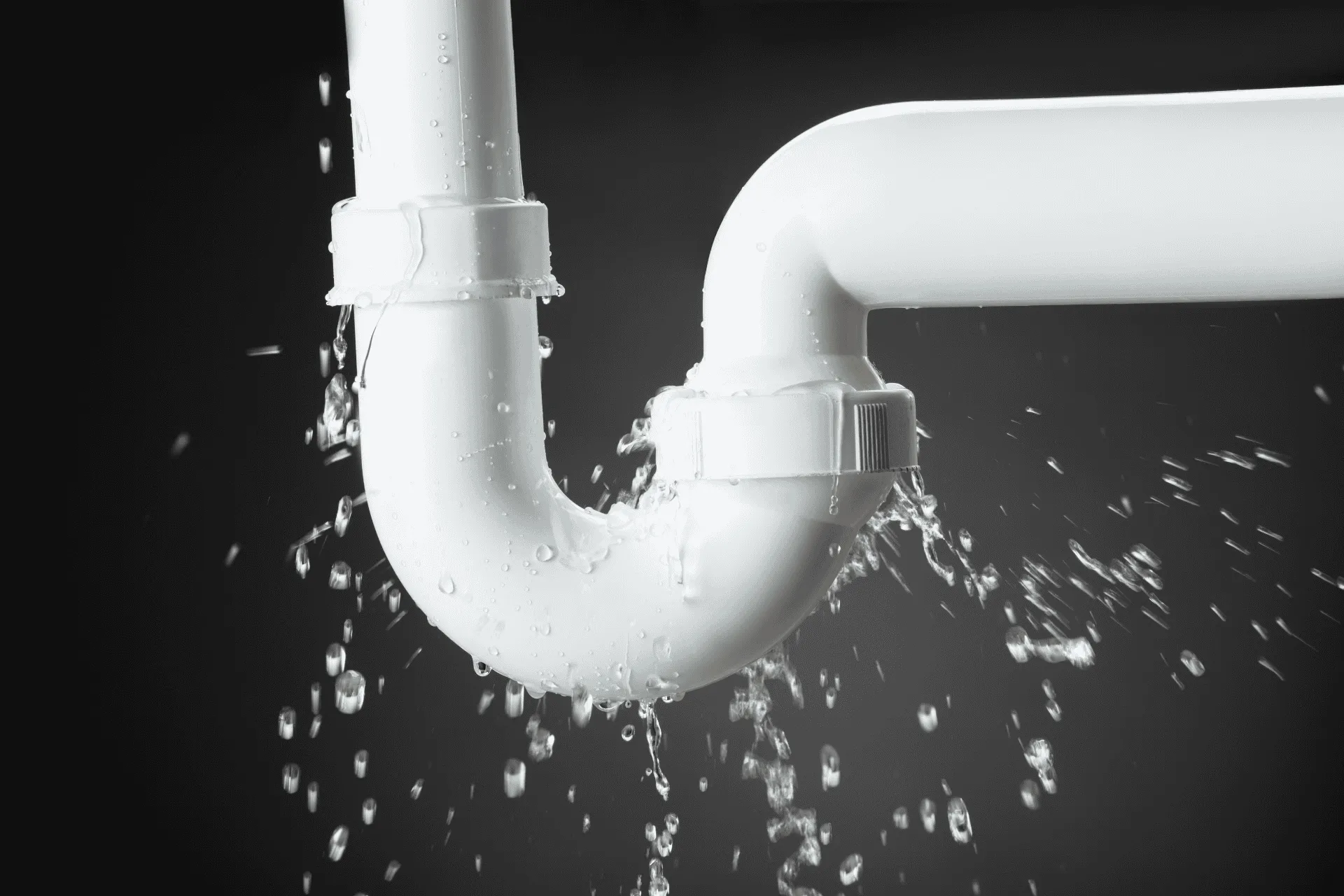
Problem:
A sudden drop in water pressure could indicate a pipe clog, mineral buildup, or even a fix water pipe leak scenario hidden within walls or underground.
Fix:
Inspect for visible leaks and replace clogged aerators. For internal buildup, use a descaling agent or vinegar. Severely narrowed pipes might need replacement.
Prevention Tip:
Install water softeners in hard water areas to prevent mineral buildup.
8. Mold and Foul Smell Around Pipes
Problem:
Persistent moisture near PVC piping, often from a sink pipe leaking or water leak under the house, can lead to mold growth and bad odors, especially in bathrooms or basements.
Fix:
Use a moisture meter to find the source. Once located, fix the leak and clean the area with a vinegar or bleach solution.
Prevention Tip:
Inspect high-moisture areas regularly and address leaks promptly.
Quick Recap – Common PVC Pipe Issues and Fixes
-
Leaks → Use primer and cement or replace faulty joints
-
Cracks → Patch small ones, replace large sections
-
Clogs → Snake the pipe or flush with safe cleaners
-
Water Hammer → Install arrestors and secure pipes
-
Loose Joints → Re-prime and cement, replace if needed
-
UV Damage → Use paint or insulation for protection
-
Low Pressure → Check for buildup or undetected leaks
-
Mold/Odor → Fix leaks and improve ventilation
Looking for High-Quality PVC Pipe Solutions?
Trust Scotto Pipes, a leading manufacturer and exporter of high-performance PVC pipes, UPVC pipes, garden hose pipes, and suction pipes designed for both indoor and outdoor applications. Whether you need to fix a plumbing leak, deal with a blocked sewer pipe, or prevent a kitchen sink leak underneath, Scotto Pipes offers:
-
Leak-proof performance
-
Resistance to UV and chemicals
-
Flexibility for easy installation
-
Long-term durability under pressure
Whether you're tackling a plumbing renovation, setting up an irrigation system, or sourcing piping for industrial use, Scotto Pipes delivers consistent quality and international standards you can rely on.


